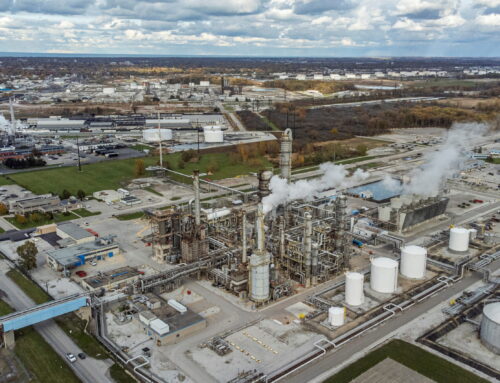BY A.J. KAUFMAN
Published: October 5, 2021
-PJ Media
Three glistening new buildings in downtown Seattle with 165 studio apartments — originally to be rented at market rates — will instead house the homeless.
The Low Income Housing Institute (LIHI) is buying the buildings with taxpayer dollars for about $50 million, with federal COVID-19 relief funds splitting the cost equally. Seattle City Hall is contributing about $25 million, while also using “American Rescue Plan Act” funds. A large portion comes from Washington State’s Department of Commerce.
Left-wing Seattle Mayor Jenny Durkan, so unpopular she can’t run for re-election, claims the deals will house people quickly and cheaply, compared to the time and cost required to develop similar projects from scratch. The three upscale buildings should be occupied by the end of the year.
Tent encampments in public spaces have grown in Seattle for decades, especially during the pandemic, due to poor leadership and unaffordable housing. Durkan recently extended Seattle’s so-called eviction moratoriums for the sixth time.
“The city and county have been enabling the homeless for a couple decades, and that’s what’s made the problem worse,” a lifelong Seattle-area resident told PJ Media Wednesday. “They destroy the hotels they get put in and have turned the city into a place that rivals a third world country. The homeless are far more dangerous than the gangs are in Seattle, and yes, Seattle has a big gang problem.”
Each of the three Capitol Hill buildings has micro-apartments that were permitted in 2019 before the pandemic hit. They were designed in 2017 and 2018 “as Seattle’s tech industry boomed and young workers moved to the city in droves, driving up demand for apartments near downtown. They’re located near jobs, stores, social services and transit options. Some units boast postcard views of the Denny Triangle skyline and Elliott Bay,” reports say.
The city and state are spending an average of $305,000 per unit on the three buildings.
Some apartments will be reserved for people at or below 50 percent of the area’s median income; some are for people at or below 30 percent. All rents will be subsidized by taxpayers, leaving tenants to contribute no more than $600 per month.
Woke media outlets refuse to say "homeless" and instead say "people experiencing homelessness."
It's supposed to seem more evolved — like they're not defining someone by a lack of home. But they are.
It's just a verbose way of saying the exact same thing.
— Jason Rantz on KTTH Radio (@jasonrantz) October 5, 2021
To the south in another failing liberal city, construction began last week on a fancy residential tower that will rise above the tarps and tents of Skid Row in Los Angeles.
Expected to open in late 2023, the $160-million Weingart Tower adds almost 300 new furnished apartments for homeless people, the largest addition of its kind in city history.
The metal-and-glass high-rise — designed with extra amenities like a roof deck, pet relief area, and fenced-in courtyard — is one of several permanent housing developments for the homeless in Los Angeles to break ground in 2021 under a $1.2 billion initiative.
A second phase of the project gets underway next year at the same site with plans for an additional 300 units.
Facing bipartisan public anger over filthy tents in public spaces, Los Angeles Mayor Eric Garcetti allotted $32 million in funding to the Weingart Tower proposal, part of an overall increase of $362 million — again, taxpayer money — in Prop HHH funding from the city’s budget.
Skid Row, the city’s largest homeless encampment, has existed for at least a century, and during the past half-century has become extremely dangerous with people living in squalor. It is a harrowing 50-block area where an estimated 3,000 people sleep, do drugs, defecate, commit crime, and harass citizens.
“This is a first-class building which could be anywhere,” Weingart Center Association President, CEO, and former Democrat Rep. Kevin Murray said. “It’s designed such that without knowing the people in it, you would never know that we were housing formerly homeless people.”




